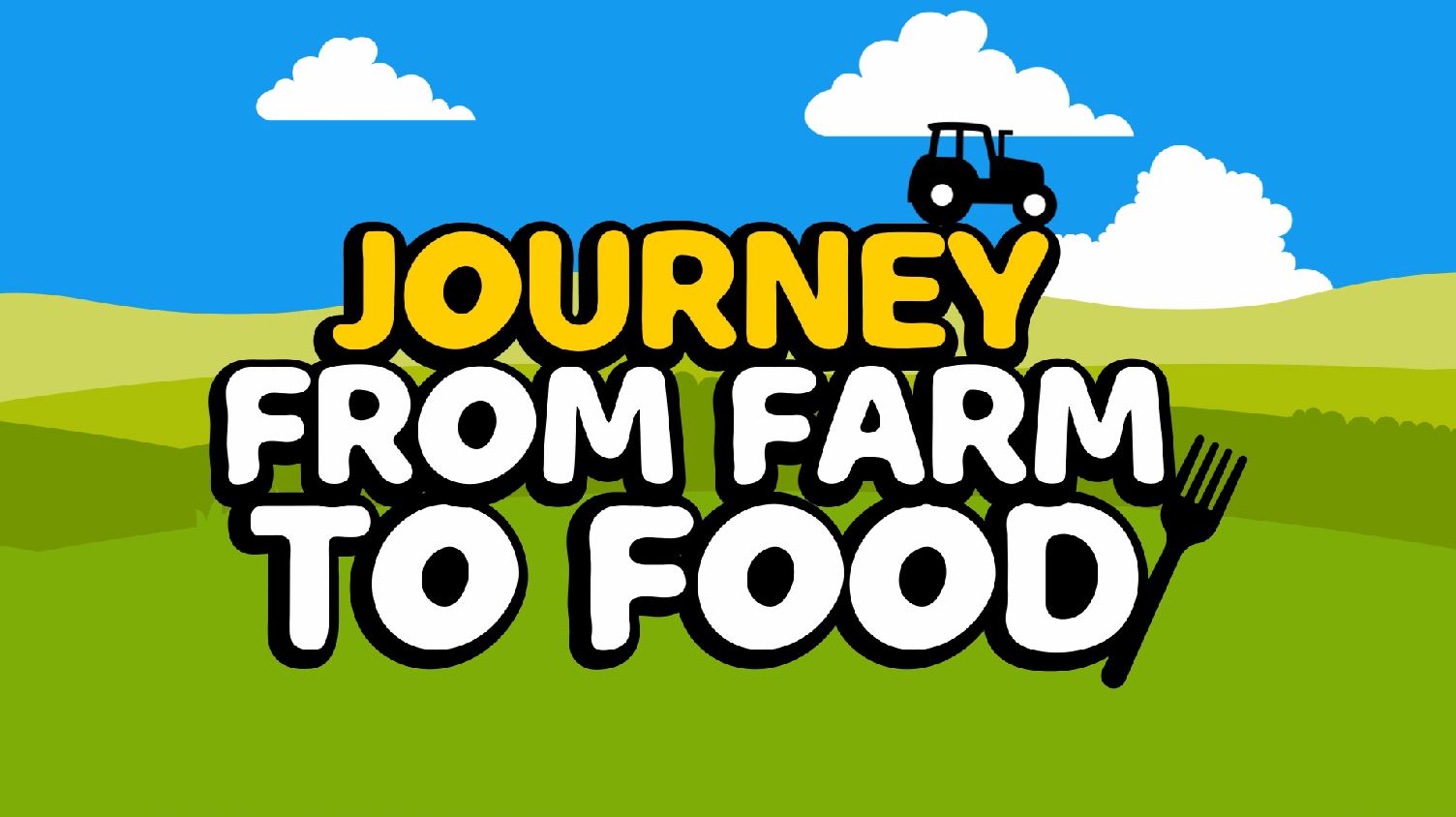Woodchip Pads
Improved design and management of woodchip pads for sustainable out-wintering of livestock
The aim of the project was to evaluate whether woodchip pads provide a reduced cost over-wintering system for cattle, with reduced pollution risk to air and water and with health and welfare benefits to the animals.
Although some guidelines on the design, construction and management of woodchip pads have emerged, many woodchip pads have been, and continue to be, installed without adequate design or planning.
Recent research has shown that unlined, woodchip corrals present an unacceptable risk of pollution to ground waters and a robust assessment of the costs of improved design and construction is urgently required.
The consequences of poor pad construction and management include not only serious risks of groundwater contamination with nutrients and pathogens but of total pad failure, with negative impacts on animal health and welfare, as well as on farm income.
On the other hand, it seems likely that woodchip pads can make a significant contribution towards the abatement of ammonia emissions from the dairy and beef sectors and to a reduction in pollutant runoff from farmsteadings.
However, there have been no robust measurements of gaseous emissions to date and there are few data on effluent quality. Detailed design options were reviewed and costed.
Gaseous emissions and effluent output and quality was monitored and the importance of a range of factors affecting animal and pad performance evaluated with implications for guidelines on woodchip pad management. The impact of pad management on animal cleanliness and welfare was also considered.
The objectives of the project were:
To complete a review of recent research on woodchip pads, with particular reference to effluent management and emissions; the findings to help inform the final detail of studies to be undertaken within this project;
- To analyse the costs associated with a range of pad construction and management options;
- To study nutrient fluxes via effluent drainage and emissions of gaseous N, under a range of management and across a range of environmental conditions;
- To evaluate the impact of a range of factors on pad performance and effluent quality including woodchip size, pad drainage and stocking rate;
- To study the impact of management on animal and pad performance including aspects of animal welfare and cleanliness and the need for woodchip replenishment;
- To review best practice guidelines on the construction and management of woodchip pads;
- To promote the key findings and recommendations to the beef and dairy industries via promotional events, the literature and via industry partners.
Expected benefits:
It was anticipated that there will be benefits arising from the results of the project to dairy and beef producers, to woodland and timber industries and to the environment. The main benefits include the following:
- Clear guidance on environmentally sustainable woodchip pad design and construction, with associated costs;
- Information on nutrient fluxes within woodchip pad systems and recommendations on the management of effluent (for nutrient benefit and cross compliance requirements) and spent woodchips;
- Removal of uncertainties associated with investment in woodchip pads in relation to economic considerations and environmental regulations;
- Information to researchers and policy advisers on the gaseous emissions abatement potential of woodchip pads as an option for over-wintering of cattle;
- Improved understanding of the management requirements for woodchip pads and avoidance of pad failure;
- Improved links between woodland and timber industries, farmers and contractors.
Who did the work?
The work was undertaken by ADAS with input from North Wyke Research. The project was funded jointly by a number of organisations including Defra, HCC, EBLEX Ltd and DairyCo.
To view a technical review of woodchip pads, click here
To view the Improved design and management of woodchip pads for sustainable out-wintering of livestock booklet, click here


